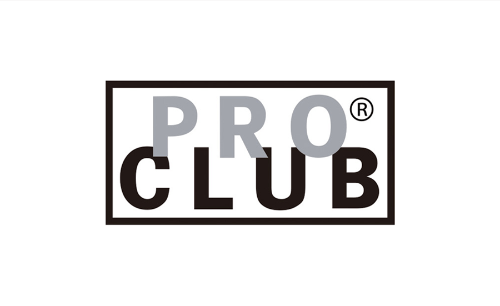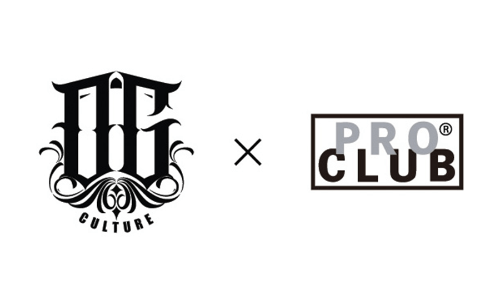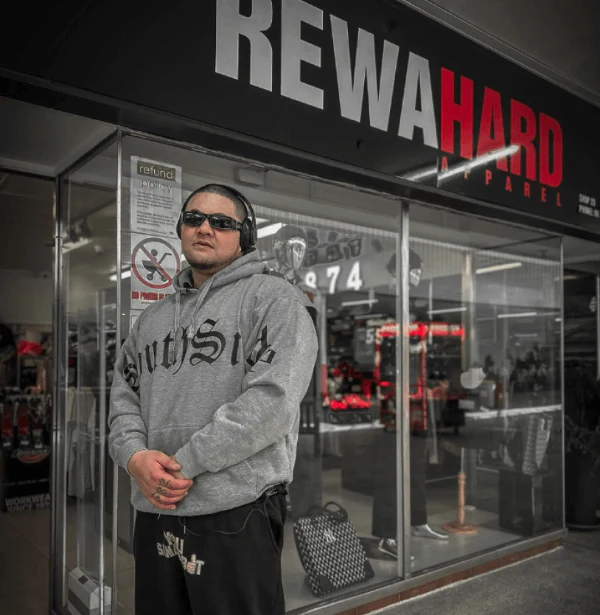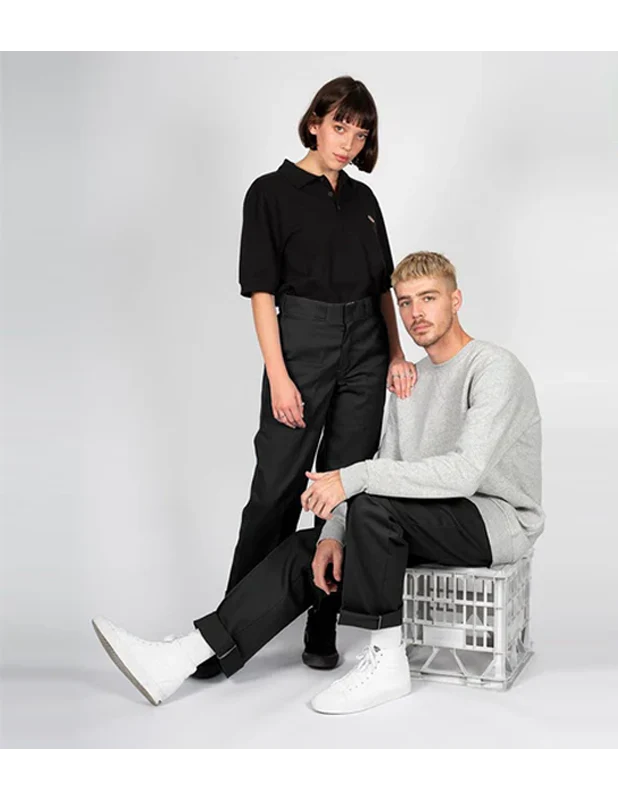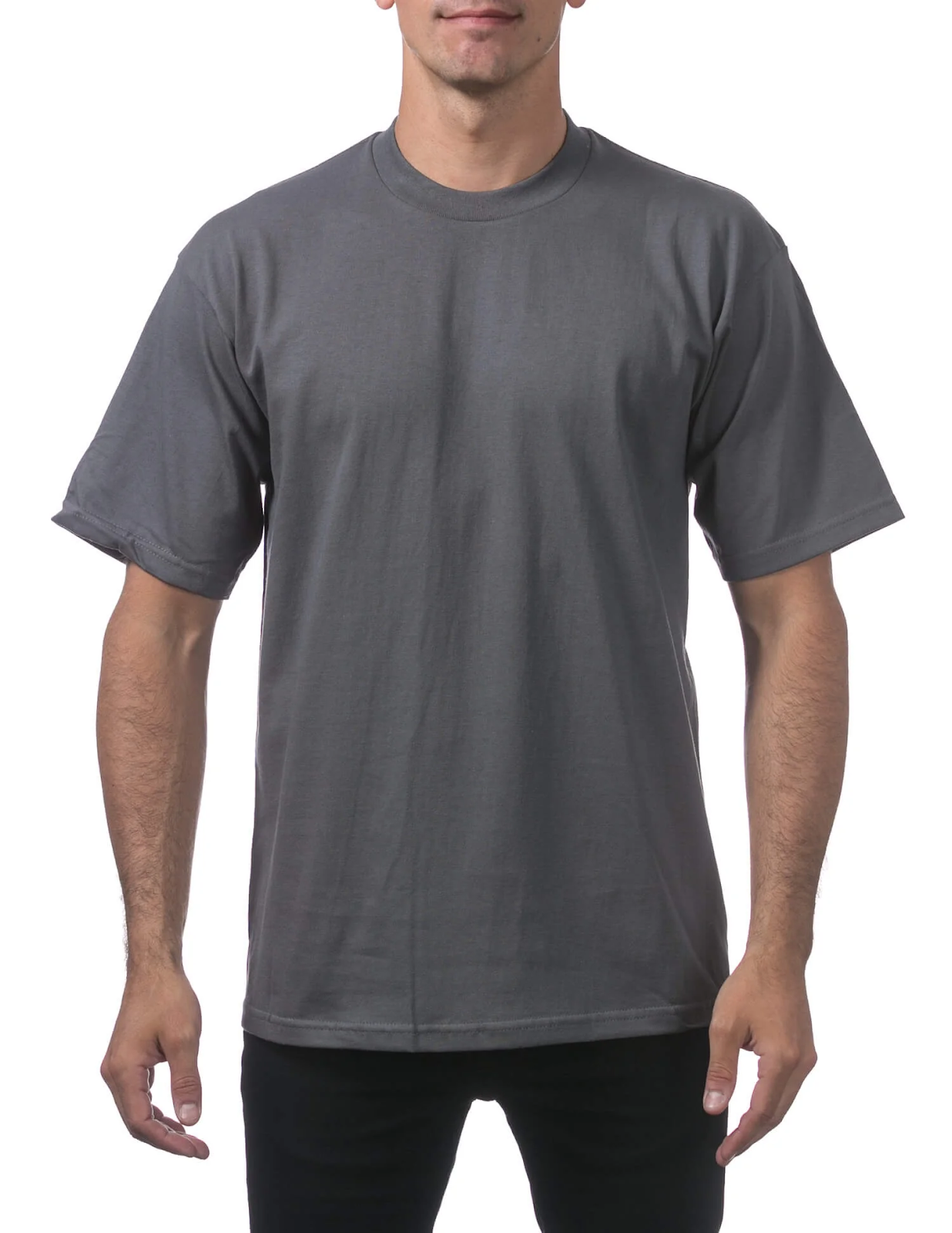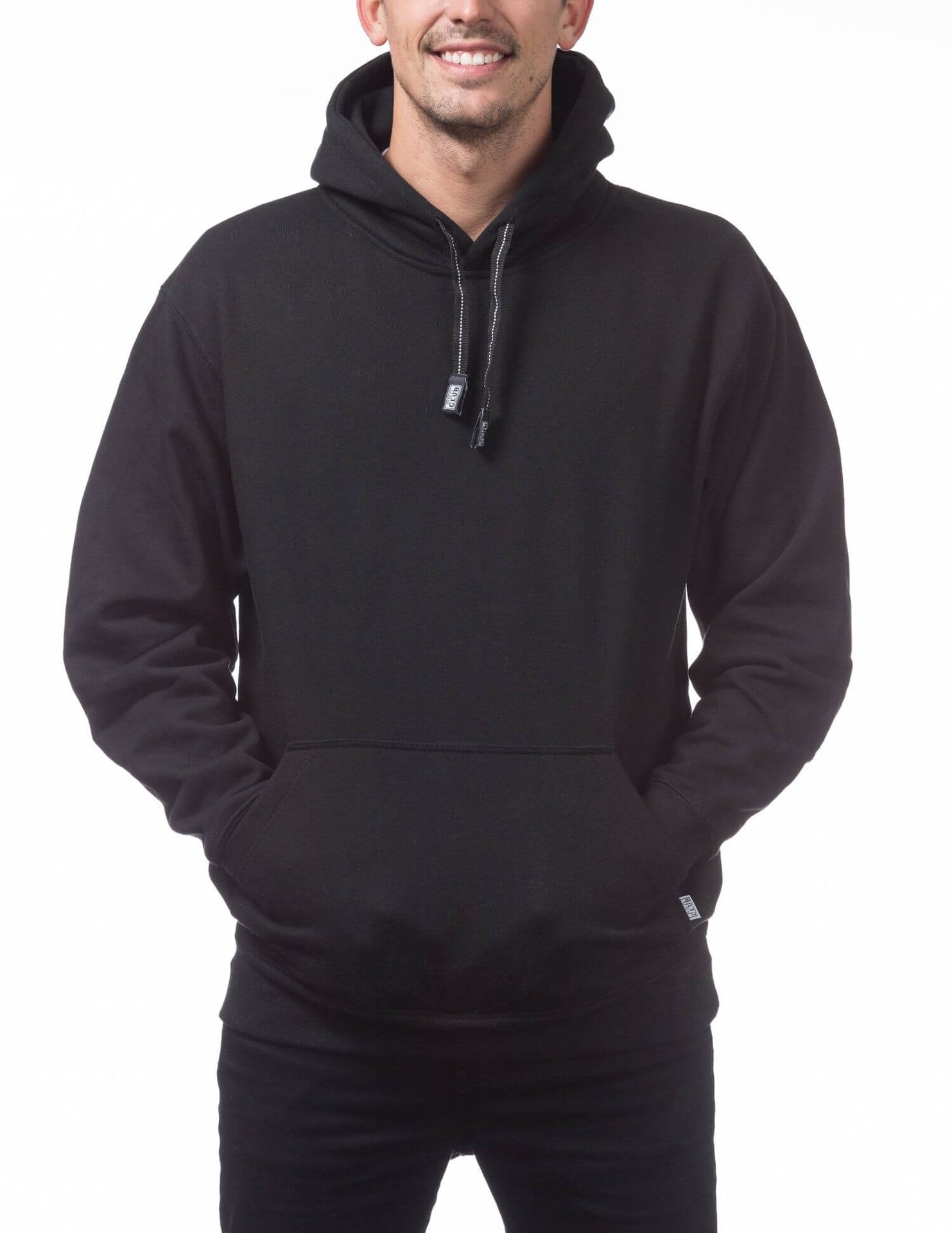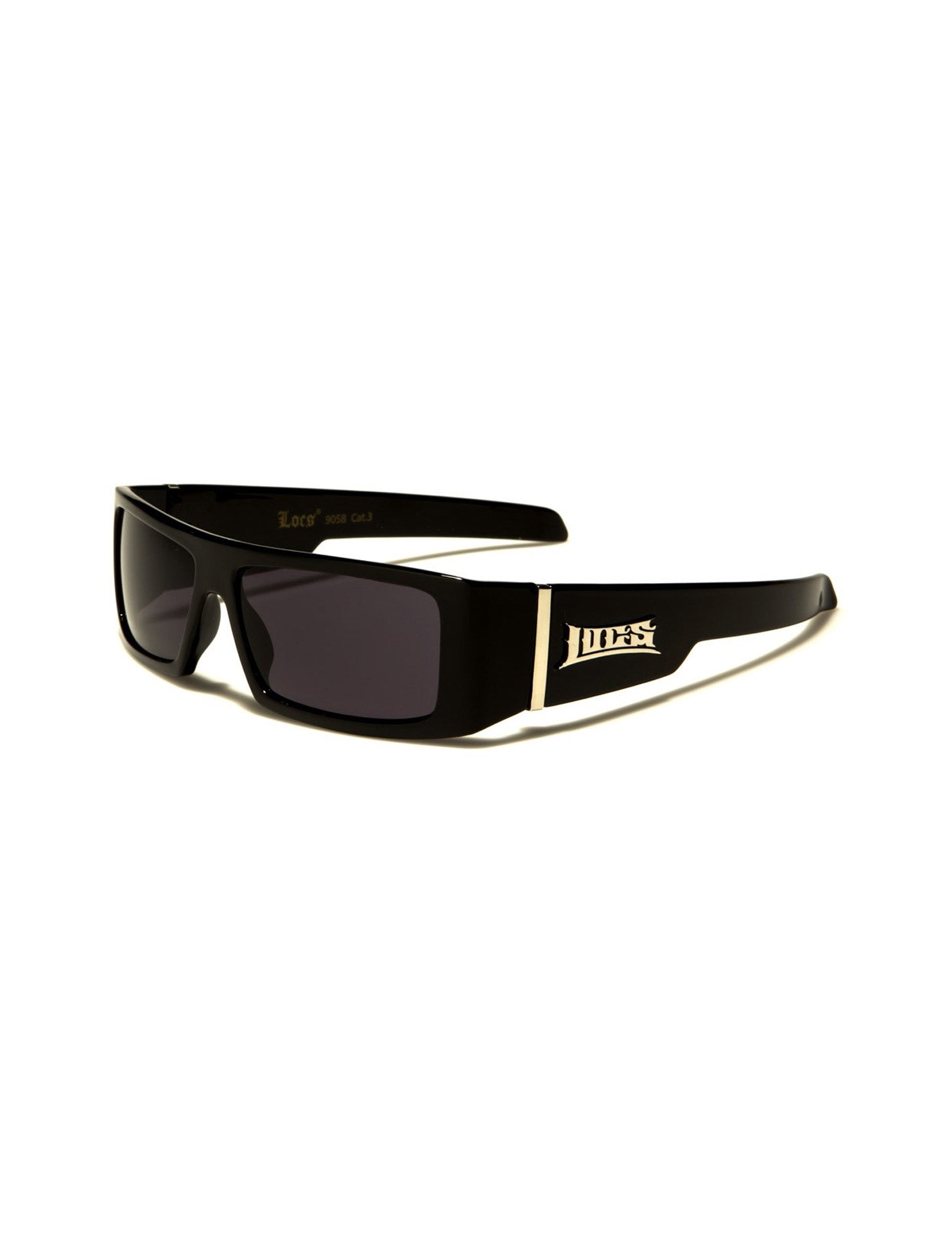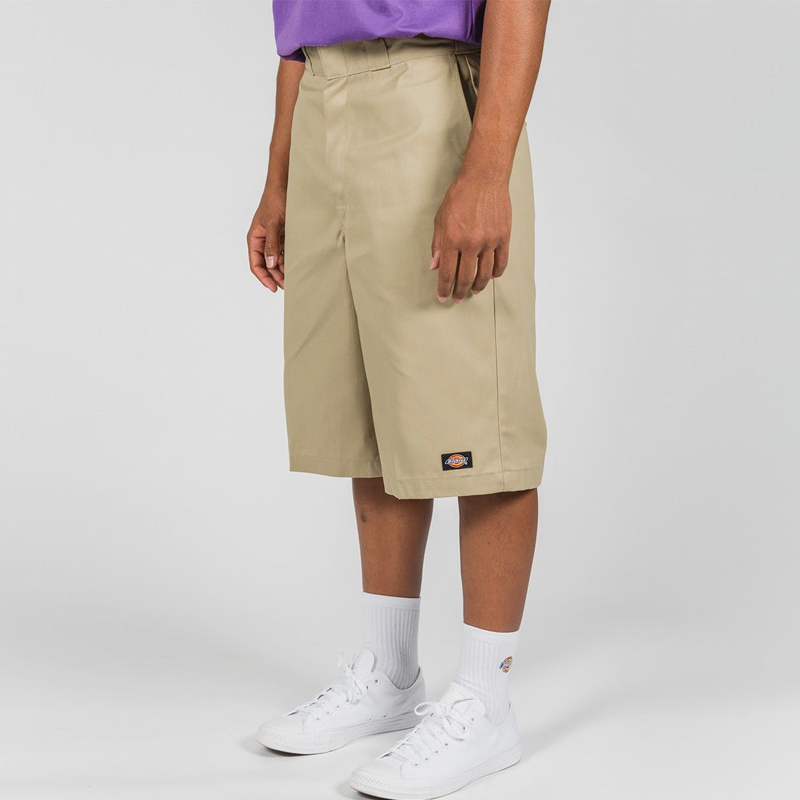Table Of Content
Did you know the global streetwear market was worth nearly $200 billion in 2024? And guess what? Over 60% of streetwear fans are under 25. That’s a whole generation shaping fashion with hoodies, sneakers, and bold self-expression.
Streetwear is about culture, identity, and the stories we tell through what we wear. From skate parks and hip-hop shows to thrift stores and TikTok, streetwear has become a global movement, and New Zealand has its twist on it, too.
In this guide, we’ll take a look at how streetwear evolved, what makes up a great fit, who’s influencing the style, and how Kiwis are making it their own.
The Evolution of Streetwear
Where It Started
Streetwear didn’t come from fashion runways or big design houses. It was born on the streets: in skate parks, hip-hop shows, surf spots, and underground art scenes.
In the 1980s and early 90s, young people were creating their own looks with whatever they had. Skaters rocked oversized tees and baggy pants for comfort. Rappers wore bold logos and sneakers to stand out. And graffiti artists mixed colours and styles like they did on the walls.
It was about showing who you were, where you came from, and what you stood for. That raw, rebellious energy is what gave streetwear its edge. Local brands started popping up too, especially in places like New York, LA, and Tokyo. They set the trends.
Going Global
By the late 90s and early 2000s, streetwear had grown beyond just one scene or city.
Music, especially hip-hop, played a huge role in spreading the style. Artists like Pharrell Williams, Kanye West, and A$AP Rocky made streetwear part of their identity, and fans followed suit. At the same time, skate brands like Supreme and surf brands like Stüssy were gaining serious attention, not just for the clothes, but for the lifestyle they represented.
Collabs started taking off, too. Streetwear brands began teaming up with sneaker companies, artists, and even luxury labels.
Suddenly, what used to be considered “just casual clothes” was showing up in fashion magazines and on red carpets. People all over the world wanted in, and the internet made it easier than ever to access new drops, rare items, and style inspo from other countries.
Modern Days
Today, streetwear is everywhere: from city streets to fashion runways. Social media platforms like Instagram and TikTok play a huge role, with creators sharing outfit ideas, thrift flips, and styling tips that go viral in seconds.
Limited edition drops and resale culture have added a whole new layer of hype, with people lining up or jumping online just to grab the latest kicks or collab pieces.
Even luxury fashion has embraced streetwear. High-end brands now blend bold graphics, sneakers, and relaxed fits into their collections. But at the heart of it, streetwear is still about self-expression and individuality.
Streetwear Essentials
Whether you are just stepping into the world of streetwear or looking to upgrade your existing look, these essentials should be on your radar:
1. Oversized T-Shirts
Go for high-quality tees with strong structure. Pro Club is a classic choice, offering heavyweight shirts that hold their shape and pair well with anything.
2. Baggy Pants or Cargo Trousers
Utility meets style with baggy or cargo pants. Dickies remains one of the best streetwear brands in this category, offering durability and iconic design.
3. Graphic Tees for Kids and Adults
Kids' Graphic Tees are not just for little ones. Streetwear celebrates youthful energy, and tees featuring bold logos, pop culture icons, or graffiti-inspired prints are staples across all ages.
4. Sneakers That Make a Statement
Your kicks can make or break a streetwear outfit. Choose sneakers that reflect your style: clean and minimal or bold and colourful.
5. Layering Pieces
Beanies, hoodies, denim jackets, and flannel shirts are perfect for layering in New Zealand's ever-changing weather. Do not forget to add a durag or snapback cap for a personal touch.
6. Street Style Accessories
Accessories add the finishing touch. Think crossbody bags, chunky silver jewellery, and even socks with strong patterns. The details often speak louder than the outfit.
Streetwear in NZ: A Local Identity
Streetwear in New Zealand is a way for young people to express themselves and their culture. Kiwi streetwear blends global styles with local influences like Māori and Pasifika art, making it stand out from other places. This mix gives streetwear a unique New Zealand vibe that many young people love.
Local brands are growing fast, creating cool clothes that represent Kiwi life and values. From Auckland to Wellington, you’ll find designers making hoodies, tees, and sneakers that show pride in their roots. Events like pop-up shops, markets, and sneaker releases bring the community together.
For many young New Zealanders, streetwear is not only about looking good but also about celebrating their identity and where they come from.
Influential Figures in Global and NZ Streetwear
Streetwear would not be where it is without key individuals pushing the culture forward.
1. Virgil Abloh
The late designer behind Off-White and artistic director at Louis Vuitton redefined streetwear's place in luxury fashion. He proved that streetwear can be aspirational and intellectual.
2. Shawn Stussy
One of the original pioneers, Stussy started by scrawling his surname on surfboards and eventually launched one of the most influential streetwear brands ever.
3. New Zealand's Urban Creatives
Closer to home, artists, musicians, and designers are shaping what streetwear in NZ looks like now. Local rappers, Pacific Islander influencers, and TikTok trendsetters are all part of this movement. They are seen sporting a mix of international labels like Dickies alongside local gear from brands such as Rewahard Apparel.
Even graffiti artists and sneaker customisers contribute to the ecosystem, making streetwear a collaborative canvas for self-expression in New Zealand.
Streetwear's Cultural Impact: Identity, Media, and Representation
Streetwear is no longer confined to sidewalks and skate parks. Today, it is on the big screen, on album covers, in television series, and on red carpets. Its influence has expanded beyond fashion into the very core of pop culture.
From classic '90s hip-hop music videos to current Netflix shows, TV, and movies have played a crucial role in shaping streetwear's aesthetics. Characters from shows like The Fresh Prince of Bel-Air, Stranger Things, and even Euphoria are influencing what young people wear across New Zealand.
When someone wears a graphic hoodie, a beanie, or a pair of standout sneakers, it often says more than "I like how this looks." It signals what they stand for, the subcultures they relate to, and the icons they admire.
In New Zealand, the same is true on a community level. Cultural pride and street fashion go hand in hand. From Hāngi parties to music festivals, young people wear their identities proudly. You might see someone wearing a Rewahard hoodie with a Pro Club tee and a pounamu necklace. That look tells a story.
More importantly, streetwear offers representation. For many Māori and Pasifika youth, seeing their culture reflected in the clothing they wear is empowering. It shows that their voices matter, their roots are valuable, and their stories are worth telling.
Where to Shop: Best Streetwear Brands Available in NZ
Looking to upgrade your closet? Here are some of the best streetwear brands and stores accessible in New Zealand:
-
Pro Club: Known for sturdy basics like heavyweight T-shirts and hoodies. Great for layering or solo wear.
-
Dickies: Their work pants and jackets are legendary. A timeless piece for anyone serious about street style.
-
Rewahard Apparel: Homegrown and dripping with Kiwi pride, this brand represents the intersection of streetwear and indigenous culture.
-
Local Markets and Streetwear Boutiques: Keep an eye on weekend markets in Auckland and Wellington for limited drops, custom pieces, and one-of-a-kind finds.
Final Thoughts
So there you have it! Streetwear keeps changing and growing, but at its heart, it’s all about expressing yourself and having fun with fashion. From the early days to today’s trends, it brings people together and lets you share your story through what you wear.
No matter where you are, streetwear gives you the chance to stand out and feel confident. Ready to jump in and find your own style? Contact Rewahard for fresh, local streetwear that brings bold designs and comfort together. It’s the perfect way to step up your look and represent Kiwi culture with pride.
Frequently Asked Questions
1. How has streetwear evolved?
Streetwear started as a niche style tied to skateboarding and hip-hop scenes in the 1980s and 90s. It has since evolved into a global fashion movement, blending luxury, sportswear, and high-fashion influences.
2. Is streetwear comfortable?
Yes, comfort is one of streetwear’s core features. Loose fits, soft fabrics, and relaxed silhouettes make it ideal for everyday wear.
3. What makes clothing streetwear?
Streetwear pieces often feature bold graphics, logos, oversized fits, and cultural references. It blends casual style with individuality, often tied to limited releases and brand identity.
4. How did streetwear originate?
Streetwear originated from California skate culture and New York hip-hop scenes in the 1980s. Influenced by music, art, and youth rebellion, it began with small independent brands before gaining global popularity.








































